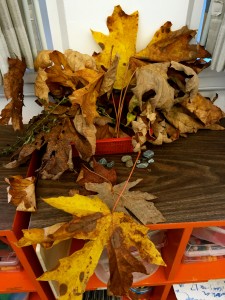My practicum is at a private school, so they have specialist teachers that teach PE. Luckily, the PE teacher for my grade five class was happy to let me teach a class today. It was based on Teaching Games for Understanding (TGfU). We started with a tail chase game, which was played in pairs. Students tucked a scarf into their shorts and the aim of the game was to remove their opponent’s scarf without losing theirs. We discussed the tactics they used to be successful in the game. Students said that being successful in this game involved constantly moving, moving backwards and placing their body between the scarf and the opponent. Then we talked about applying these skills to a game of soccer. The next game we played was four goal soccer. I have included a video below. We started with one ball and ended with four balls in play. I stopped the game so we could discuss the tactics again and the students talked about the same skills we talked about earlier. We also noticed that some students were not playing fairly, so we talked about being principled in PE by not cheating. We have been talking about being principled throughout this week because it is the IB Learner Profile of the month. We played another game and did a quick debrief at the end of the class.
Overall, I think it went well. The games allowed for maximum participation and students were active throughout the lesson. Having a small number of players on each team and adding more balls to the soccer game made it almost impossible to be inactive. Additionally, the students grasped the strategies that were required to be successful in playing soccer. However, I would have liked to see more students participating in the discussions about tactics. They were easily distracted in the gym and it was difficult to get them to sit still. They just wanted to get up and play another game. The PE teacher suggested adding an incentive to the discussion by saying that we would play the next game when we figured out what tactics we learned in the previous game. This is something I will implement in my next lesson. If anyone else has any other ideas, please let me know!

